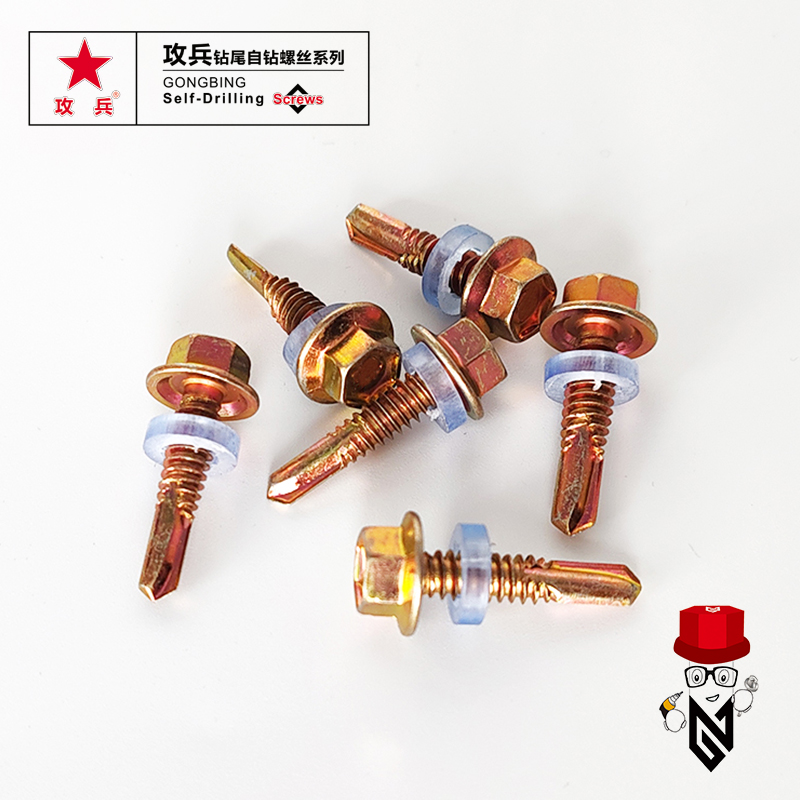anchor chemical bolt
Understanding Anchor Chemical Bolts A Comprehensive Overview
Anchor chemical bolts, often referred to as chemical anchors or resin anchors, are a crucial component in the realm of construction and structural engineering. These anchors are designed to provide a strong bond between a bolt and a substrate, significantly enhancing the durability and stability of structures. This article delves into the details of anchor chemical bolts, exploring their composition, applications, installation process, advantages, and considerations for use.
Composition and Functionality
Anchor chemical bolts consist of a standard anchor bolt and a chemical adhesive, typically a two-part epoxy or polyester resin. The primary function of these bolts is to secure structural elements to concrete or masonry surfaces. The adhesive component cures around the bolt, forming a robust bond that enhances the anchor's load-bearing capacity. This unique combination of mechanical and chemical fastening makes chemical bolts suitable for a variety of applications, from heavy machinery installations to facade attachment.
Applications
The versatility of anchor chemical bolts makes them applicable in numerous sectors
1. Construction Industry They are widely used for attaching structural components like steel beams, brackets, and machinery to concrete foundations. 2. Infrastructure Projects In bridge construction, highways, and tunnels, chemical anchors secure safety barriers and support structures.
3. Industrial Settings Heavy equipment and machinery are often anchored using chemical bolts for added stability and safety.
4. Residential Use In homes, they can be used to install anchors for handrails, fences, and other structural elements requiring secure fittings.
5. Renovation Projects These bolts are ideal for retrofitting existing structures, allowing for enhanced load capacities without extensive repairs.
Installation Process
The installation of anchor chemical bolts involves several steps to ensure optimal performance
1. Drilling A hole is drilled into the concrete or masonry where the anchor will be installed. The size and depth of the hole depend on the specifications of the bolt being used.
2. Cleaning It is vital to clean the hole to remove dust and debris, which can interfere with the adhesive's performance. Specialized brushes or vacuum systems may be used for this purpose.
3. Injecting the Adhesive The two-part chemical adhesive is mixed and injected into the hole, ensuring that it fills any voids and creates a strong bond.
anchor chemical bolt

4. Inserting the Bolt The anchor bolt is then inserted into the hole, and rotation should be avoided as it may disrupt the adhesive’s application.
5. Curing The adhesive needs time to cure fully. The curing time can vary based on the product and environmental conditions, and it’s crucial to adhere to the manufacturer's guidelines.
Advantages of Chemical Bolts
Anchor chemical bolts bring several advantages to construction and engineering practices
- High Load Capacity They offer superior load-bearing capabilities, especially in situations where traditional mechanical anchors may fail.
- Resistance to Environmental Factors Chemical anchors are often resistant to water, chemicals, and temperature fluctuations, making them suitable for outdoor and industrial applications.
- Versatility They can be used in various base materials, including hollow blocks, solid concrete, and brick, enhancing their usability across different construction scenarios.
- Flexibility The capability to bond with irregular surfaces allows for greater flexibility in design and construction.
Considerations for Use
While anchor chemical bolts have numerous benefits, there are key considerations to keep in mind
- Environmental Conditions Temperature and humidity can affect the curing process. It is essential to ensure that the installation conditions are within the recommended range specified by the product manufacturer.
- Load Requirements Engineers must assess load requirements and consult technical data sheets to select the appropriate chemical anchor for each specific application.
- Material Compatibility Ensure that the selected chemical anchor is compatible with the substrates and environmental conditions it will be exposed to.
Conclusion
Anchor chemical bolts represent a reliable and effective solution for securing structures in construction and engineering. Their unique combination of mechanical and chemical fastening properties offers unparalleled strength and versatility, setting them apart in the realm of anchoring solutions. Understanding their applications, proper installation, and advantages can greatly enhance the effectiveness and longevity of various structures in which they are employed. As construction needs evolve, the role of chemical anchors will undoubtedly remain significant in maintaining safety and integrity in engineering designs.
-
Weatherproof Plastic Expansion Anchors for OutdoorNewsJun.06,2025
-
Sustainability in the Supply Chain: Eco-Friendly TEK Screws ProductionNewsJun.06,2025
-
Load-Bearing Capacity of External Insulation FixingsNewsJun.06,2025
-
Double Head Bolts: Enhancing Efficiency in Industrial MachineryNewsJun.06,2025
-
Corrosion Resistance in Chipboard Screws: Coatings for Wholesale DurabilityNewsJun.06,2025
-
Butterfly Toggle Bolts : Enhancing Structural ResilienceNewsJun.06,2025
